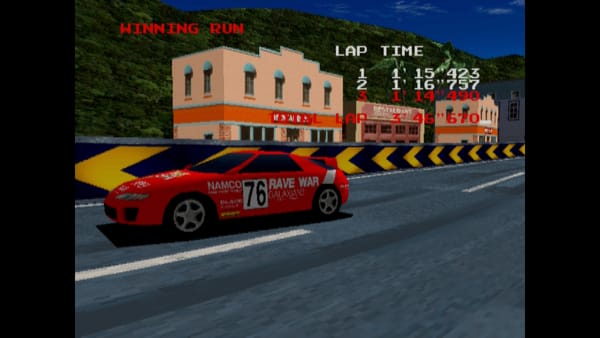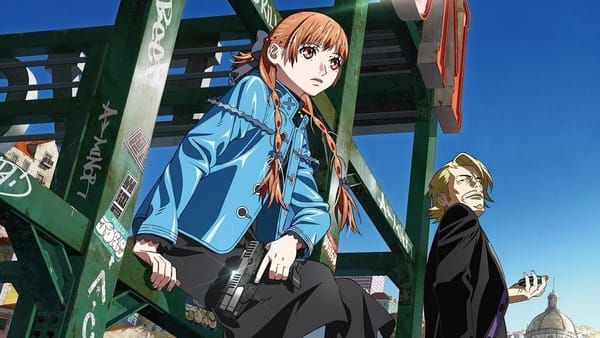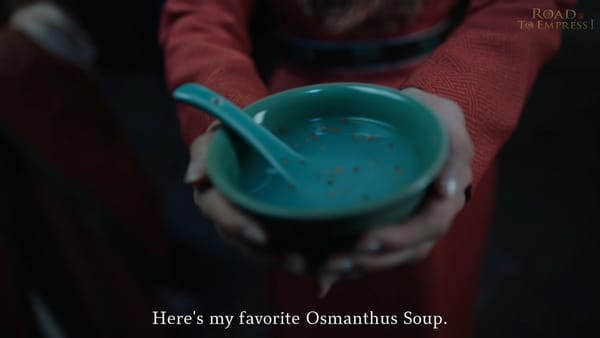Grasshopper men fight anti-kaijin racism in the extremely on-the-nose Kamen Rider Black Sun
Subtlety is for cowards, not Riders

Kamen Rider Black Sun is not at all what I expected. In fact, anyone who says they were expecting Kamen Rider Black Sun to be what it is is lying.
It’s not that Japan doesn’t make “dark” superhero series for adult audiences. It’s that they look more like Garo: relatively low-budget fantasy TV series aimed at the niche of adult genre fans. I expected something similar from Black Sun: an traditional Kamen Rider for big grown-up kids with a darker story and perhaps some blood or nudity, as a treat.
Kamen Rider Black Sun is thinking a little wider, and it takes itself a lot more seriously. Heavily influenced by prestige cable TV and Marvel movies— with a theme song that matches pretty blatantly— this series unflinchingly drops its 80’s superheroes into some of the ugliest issues in public life today.
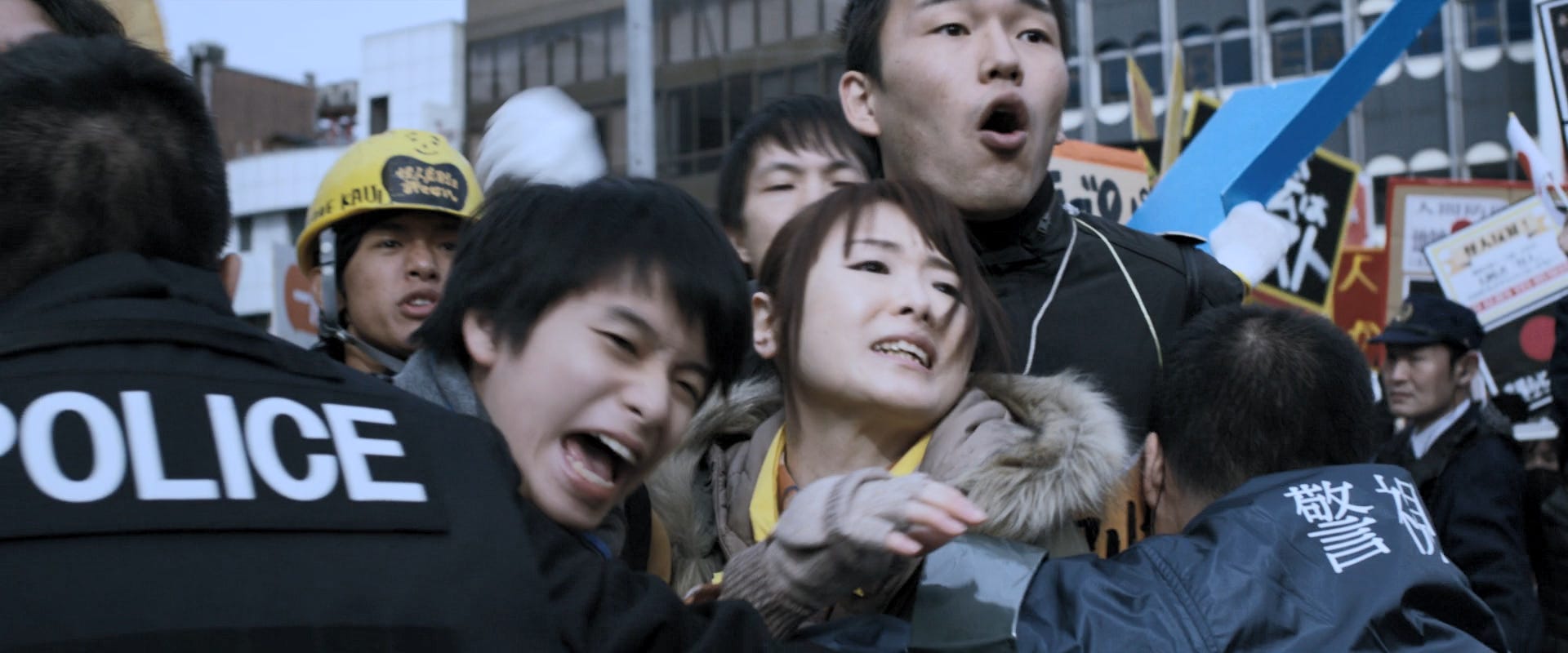
Let’s just say it: they made a series where the Kamen Riders fight racism. I don’t need to read an interview to know that this story was conceived of by someone who had two things on their mind: the American Black Lives Matter protest movement and the immigration situation in Japan.1 The series’ parallels to real life are too on-the-nose to be coincidental.
If you don’t want to see these kinds of portrayals, including one moment of shockingly bad taste around the end, I would avoid this series outright.
The allegory that Black Sun uses is the plight of the kaijin. Viewers familiar with classic Kamen Rider— most of the intended audience of this series— already know that the “monsters” are actually humans surgically transformed, often against their will, by evil organizations into human-animal hybrids. This includes Kamen Riders themselves, who are grasshopper kaijin.2
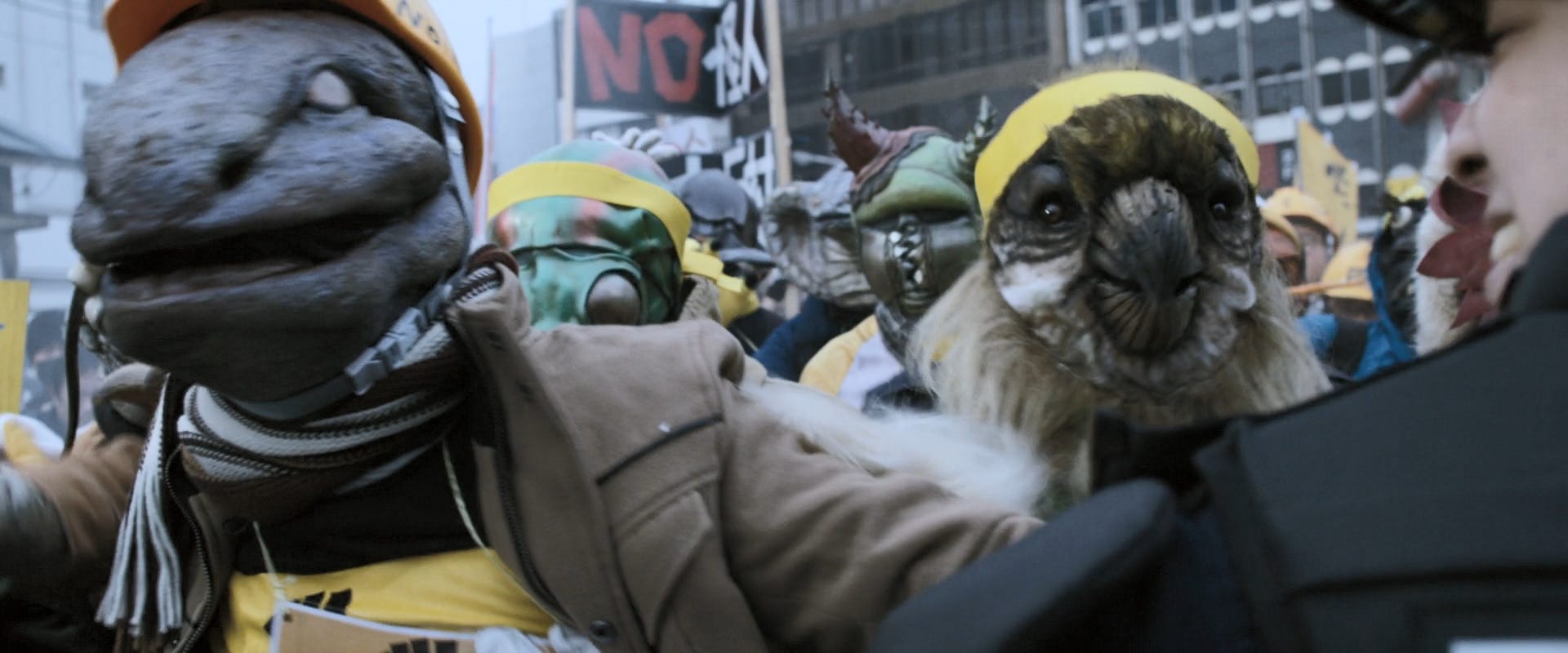
Black Sun takes this detail and carries it to a logical conclusion: wouldn’t these people go on living their lives? Would their children also be kaijin? Wouldn’t kaijin inevitably become a pretty large slice of the population, an exploited and oppressed minority? And aren’t our heroes, the Kamen Riders, very much part of that minority? Who, then, should they fight for?
The particulars3 don’t make sense if you think too about it, but that’s the world that Black Sun sets up. The show hits us with the full spectrum of racist transgressions, from heckling on the bus to organized fascist harassment sessions to cops telling kaijin they aren’t human and don’t have rights.
And in case you’re not catching what they’re trying to say here, Oliver Johnson— the charismatic face of the kaijin freedom movement and the only black guy in the room— turns to the camera at one point and says, hey, I’ve always been fighting against discrimination. Again, this show does not traffic in subtlety.
Though it uses an allegory to mask precisely what it’s saying, Black Sun does none of the wishy-washy “both sides” hand-wringing that modern superhero movies do about real-life issues.4 Nope; it shows the issues as messy, ugly and difficult, but it comes down firmly on the side of the oppressed, every time.5
The heroine of the series is Aoi, a schoolgirl activist for kaijin rights. Speaking truth to power at the UN6 immediately endangers her life— as it does— leading her to be rescued from a kaijin assassin by a middle-aged grasshopper kaijin by the name of Kotaro Minami, aka “Black Sun.”
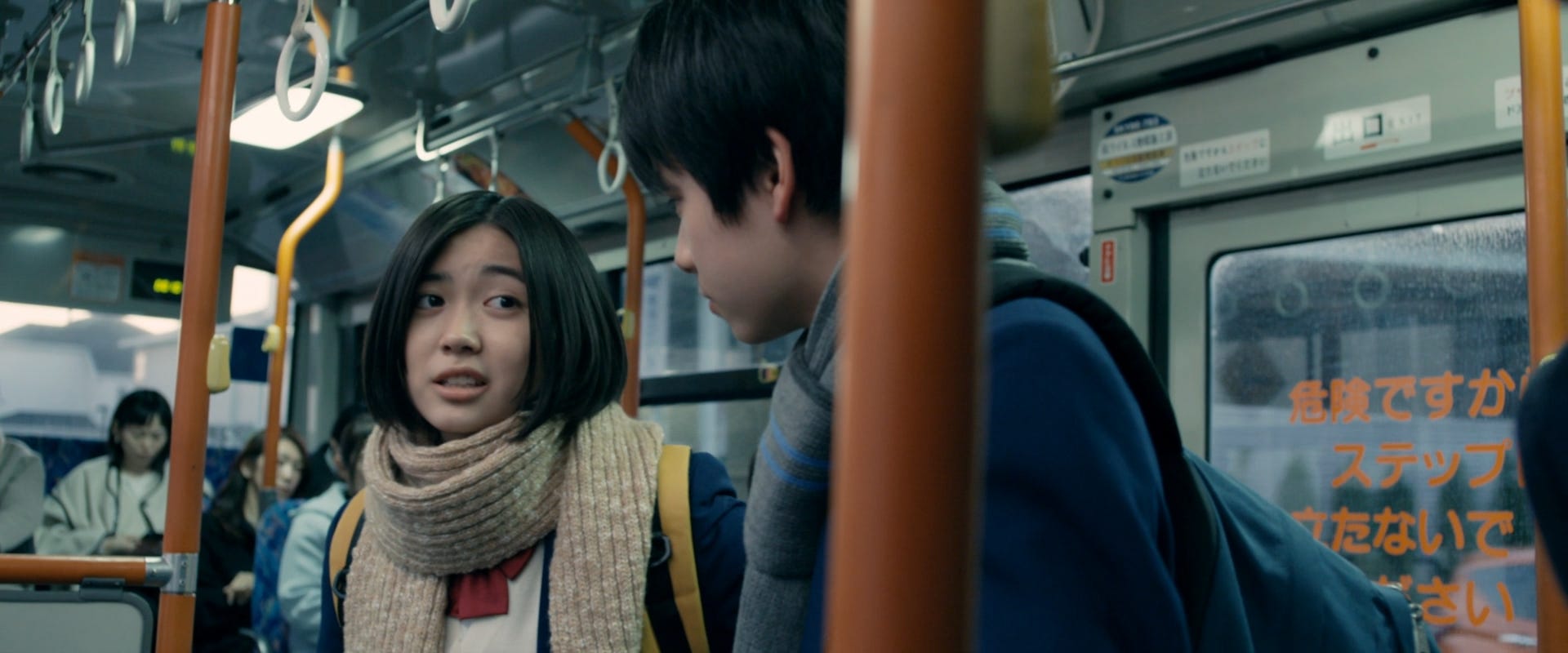
But Aoi is a tough kid; a heroine, not a damsel. She shouts down the casual neighborhood racists bullying her kaijin boyfriend on the bus, she stares down the fascist gangs who harass her at her school gates. When she faces life-threatening danger, Aoi doesn’t shrink back in fear: she asks Kotaro to teach her to fight. Without ever being preachy about her role, Black Sun puts a lot into showing us that Aoi expresses the same unflinching heroism, the same absolute intolerance of evil, as the Kamen Riders.
By comparison, the rival heroes Kotaro and Nobuhiko-- Black Sun and Shadow Moon respectively-- are both in bad shape after 50 years. Nobuhiko has been jailed the whole time by Gorgom, the shadowy syndicate who run Japan. Once he’s out, he sets his sights on taking revenge and overthrowing them.
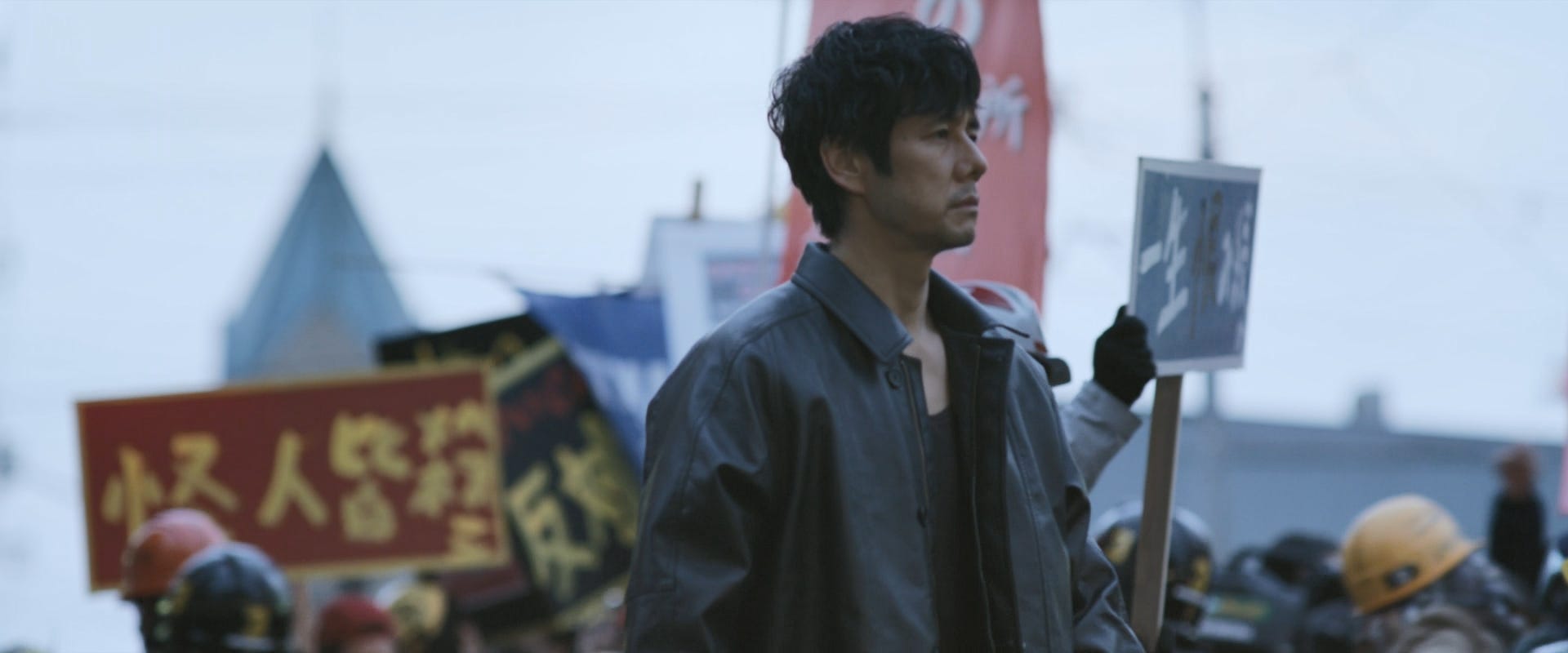
Kotaro is eking out a solitary existence on the fringes of society, waiting to die; he’s introduced beating up a homeless debtor for ketamine money and is rehabilitated over the course of the series by his time with Aoi.
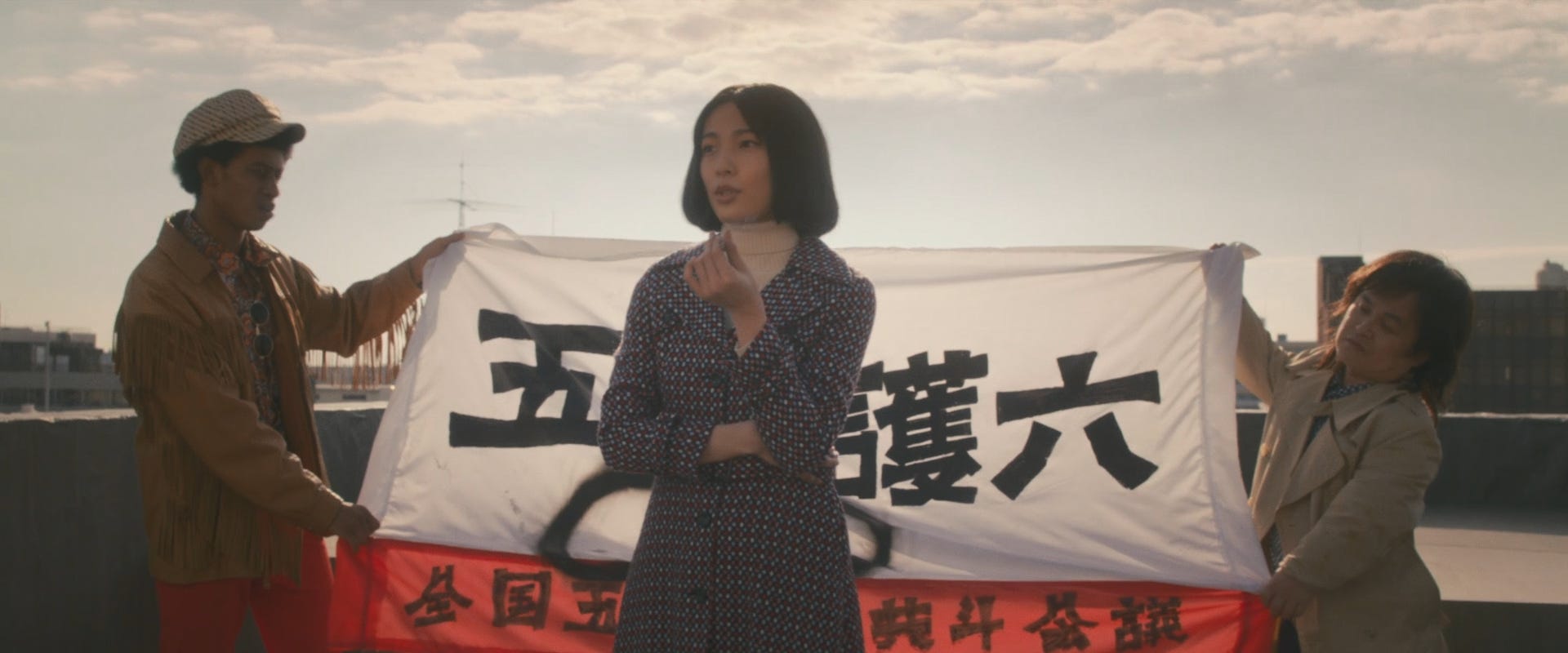
You see— and I love this part— the Kamen Riders were active in the college protest movement in the 70s. The show flashes back and forth between the present day and 1972, when the boys were active with Gorgom when it was merely a fledgling, well-dressed student political movement. What happened to turn a college political club into an evil black-robed cult that pumps out killer kaijin and runs Japan is a mystery that slowly unravels in the background as the story moves along.
The plot gets pretty jumbled as it moves back and forth between time periods, and I asked the TV “what? Why?” plenty of times along the way. With a kids’ tokusatsu series you have to suspend belief in a more basic sense, and that allows you to hand-wave inconsistent writing more easily.7 As the adult viewer of Black Sun, you have to ask how nobody notices the obvious government plant in 70s Gorgom; “everyone is hot for her” only goes so far.
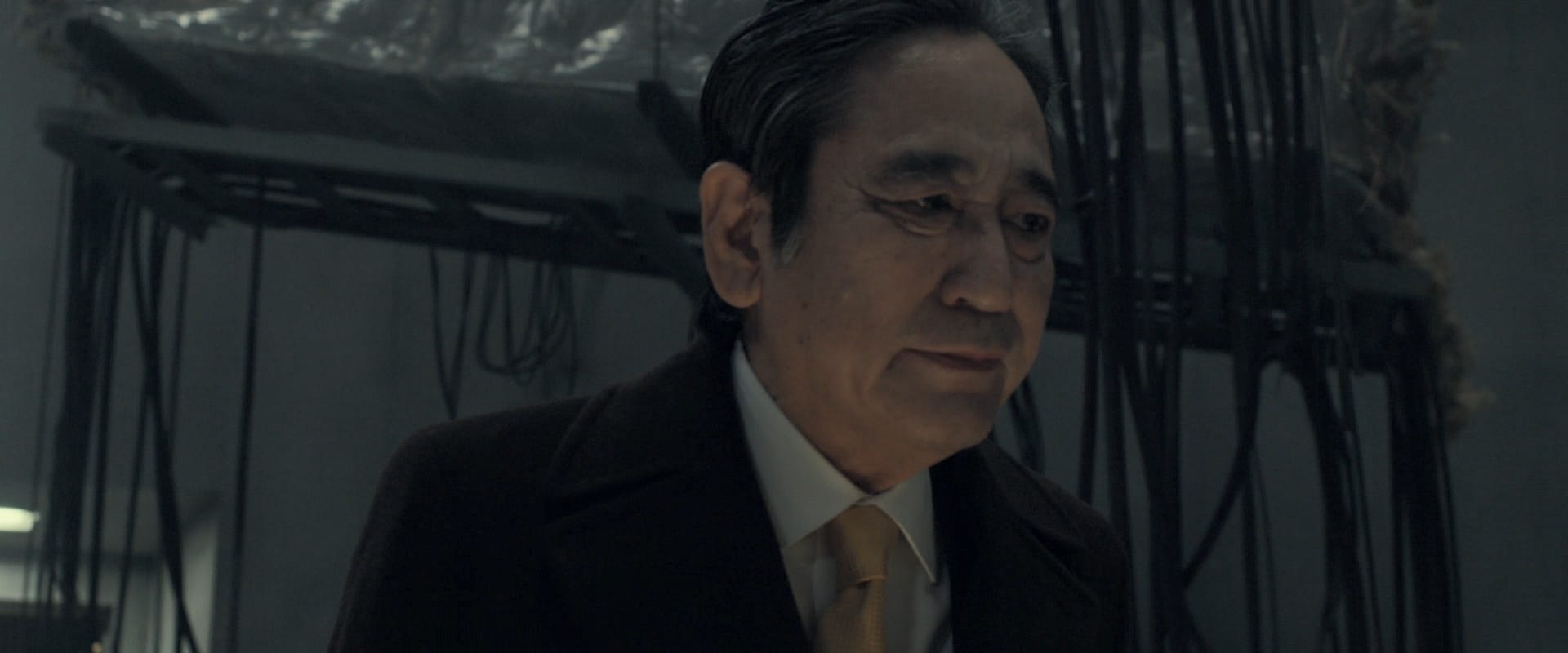
Speaking of the Gorgom party running Japan, I’d be remiss not to bring up the prime minister character, a blatant caricature of the recently assassinated Shinzo Abe.8 I don’t know a lot about public perception of this guy, but if Black Sun’s version is at all accurate, I’m no longer surprised at how little he was mourned.
Black Sun is on the nose about everything, but it’s still a little shocking— delightful, even— just how willing this show is to put its country’s own assassinated PM through the wringer as the absolute nastiest scumbag imaginable, the only pure villain in the story.
Production values on this series are through the roof compared to typical Japanese superhero fare. It’s on the level of theatrical film, not a weekly TV show. The practical effects are particularly stunning, using incredibly detailed suits and makeup to create the most convincing kaijin I’ve ever seen. My favorite detail is the way the kaijin “wear” the exploded skin of their human faces on their bodies. I’d specifically recommend this to anyone who loved the Guyver live-action movies.
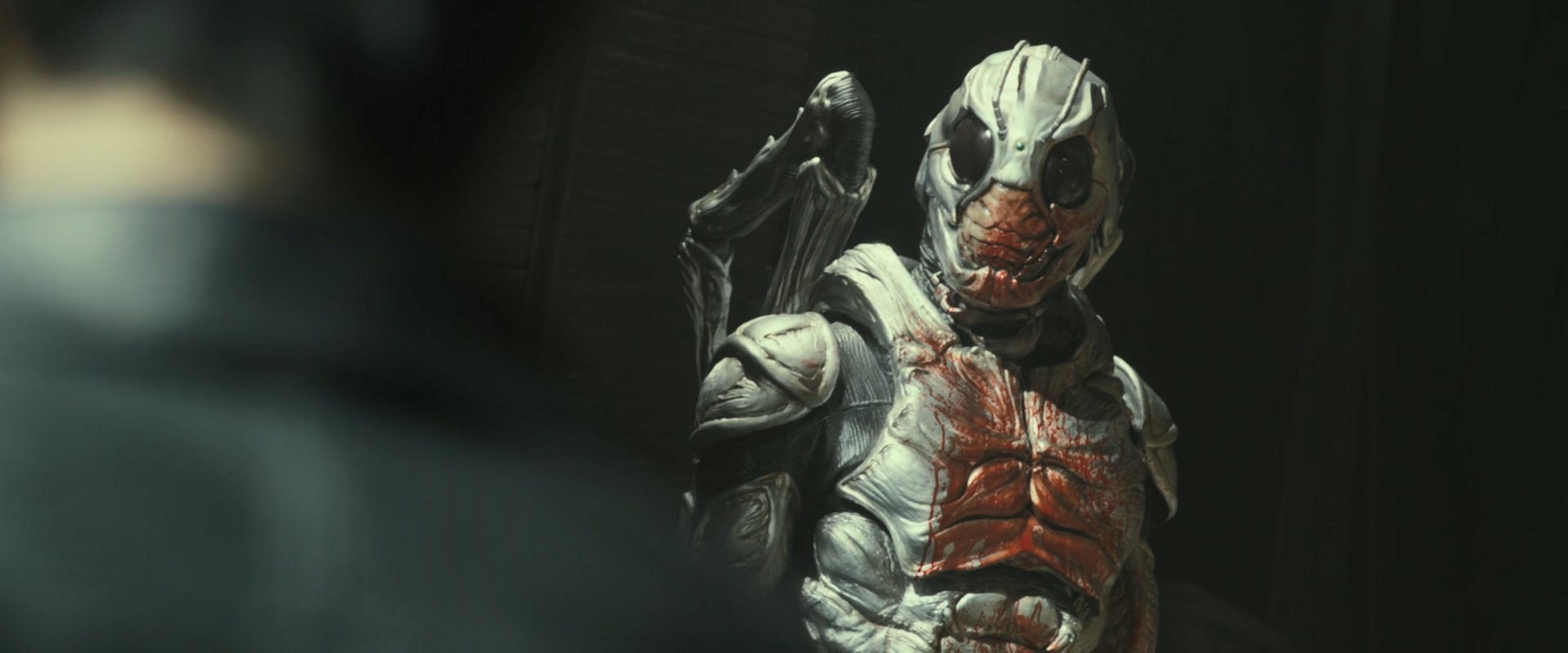
Speaking of which, there are no neat explosions to finish off a defeated foe, but rather we see those suits torn apart in grisly, gory moments. It’s one thing to see a CG monster get its guts ripped out, and totally different to see that done physically. This is not a Kamen Rider you can show to the kids.
The Kamen Rider suits strike a stark contrast to the shiny hard-plastic automotive look of the standard rider suit: rather, they’re truly insectoid and look biological, not mechanical. If you’re familiar with the edgy SIC series of figures, the designs— particularly the final forms, which I won’t spoil— reminded me very much of them.
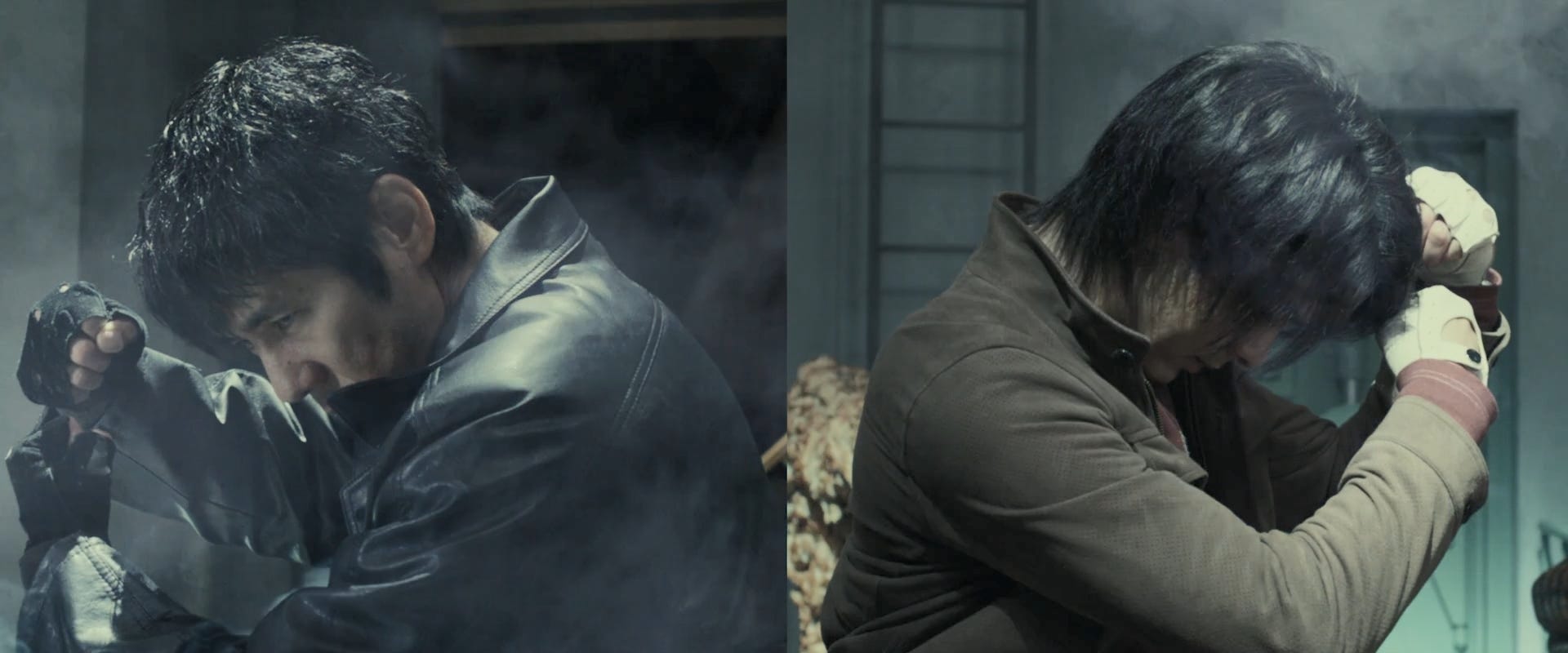
The series mostly shaves off the showy introductions and artifice of the Japanese superhero, but keeps just enough to remind you of the tradition. The heroes still do their “henshin” poses, and when they do, it’s always an earned moment of awe.
Black Sun is what I, personally, would want modern superhero shows for adults to look like. It has an actual point of view; it has opinions. It cares not just about the coolness of heroes and our love for them, but what heroism means in the context of the world we live in today. It also has awesome practical effects and sick fights, and that makes it a complete package.
Does it stick the landing? Does it land its points? Ehhh, I dunno about all that. But I love Black Sun all the more for having made a sincere effort and taken a stand. These days, big sci-fi and fantasy from the majors only pretend to do these things.
In case the audience really doesn’t get it, the series concludes with direct references to both, including a very tasteless re-enactment of an event which you can probably guess and which they genuinely shouldn’t have touched. ↩
The origin of the kaijin is treated as a plot point to be revealed by this series, but it’s also pretty apparent even if you don’t know Kamen Rider at all. ↩
Kaijin birth? The whole kaijin process is fantasy magic, but it’s weird that a human who’s had a surgical procedure done would be able to give birth to a child who’s the same as they are. Maybe it’s the stones. ↩
When blockbuster movies do a weak diversity move and turn to the audience for applause, I, for one, vomit in their direction ↩
It’s an Amazon show, though, so if they were to start talking about workers’ rights, for example… ↩
She appears to have landed there via social media stardom ↩
Kids’ tokusatsu series are notorious for mid-series rewrites when their toys don’t sell well enough; when reality starts to bend in a series you have to just go with it ↩
Am I wrong about this, Japanese politics-knowers? I don’t feel wrong about this. ↩
